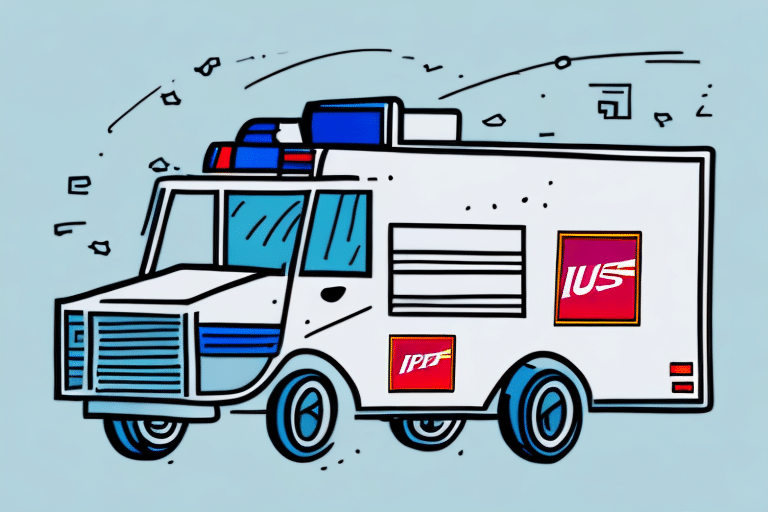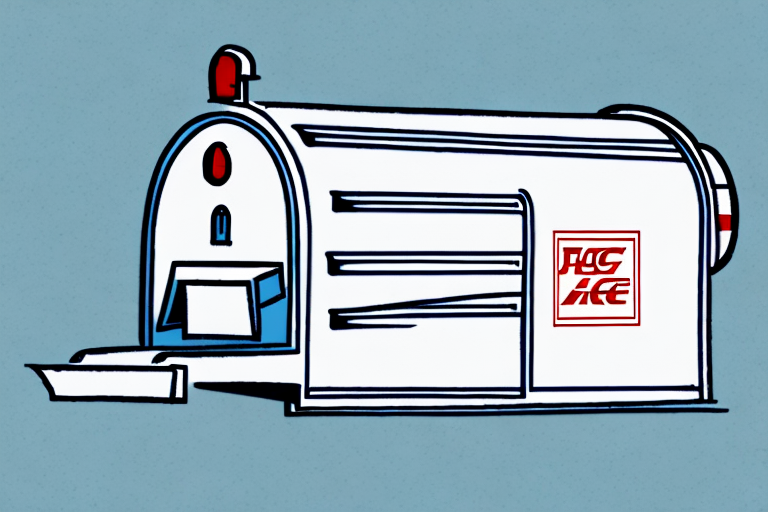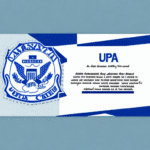Is USPS Insurance Worth It?
When it comes to shipping items, ensuring they arrive safely and in good condition is crucial. Shipping insurance is an option that can provide peace of mind, but is it worth using USPS insurance specifically? In this article, we will explore the ins and outs of USPS insurance and help you determine if it's worth the cost.
Understanding USPS Insurance
How USPS Insurance Works
USPS insurance is available to customers sending items through various USPS mail classes. It provides protection for lost, damaged, or undelivered packages up to a certain value. The cost of USPS insurance depends on the value of the item being shipped, with maximum coverage amounts typically reaching $5,000 for most mail classes.
It's important to note that USPS insurance covers only the monetary value of the item, not any sentimental or emotional value. Certain items, such as perishable goods or live animals, are not eligible for USPS insurance.
Eligibility and Exclusions
USPS insurance does not cover:
- Perishable goods
- Live animals
- Items requiring special handling
Before purchasing insurance, verify that your item is eligible to ensure you receive the appropriate coverage.
Comparing USPS Insurance with Private Insurance
USPS Insurance vs. Private Providers
While USPS insurance is a convenient option, private insurance providers like UPS, FedEx, and third-party insurers may offer higher coverage limits or more comprehensive protection. However, these options often come with higher costs. It’s essential to weigh the costs and benefits of each insurance option based on your shipping needs.
Coverage for Different Item Types
Consider the type of items you are shipping:
- Jewelry and Electronics: Private insurers may offer better coverage for high-value items.
- Business Shipments: Third-party insurance providers like ShipSure offer tailored solutions for businesses.
Cost and Coverage Limits of USPS Insurance
Calculating USPS Insurance Costs
The cost of USPS insurance varies based on the item's value. For example, shipping an item worth $100 might cost $2.85 for Priority Mail and $3.50 for Priority Mail Express. These insurance costs are in addition to postage fees and can increase the overall shipping expense.
For high-value items, USPS offers coverage up to $5,000, which is generally sufficient for most personal and business shipments.
Coverage Limits and Restrictions
USPS insurance coverage limits:
- First-Class Mail: Up to $500
- Priority Mail: Up to $5,000
- Priority Mail Express: Up to $5,000
Additionally, some items are excluded from coverage, so always review the terms and conditions before purchasing insurance.
Filing a Claim with USPS Insurance
Claims Process
If your package is lost or damaged, you must file a claim with USPS to receive compensation. The process involves:
- Filing the claim online or in person at a USPS location.
- Providing documentation such as a receipt for the item, proof of value, and evidence of damage or loss.
- Waiting for USPS to review and approve the claim, which can take several weeks.
Ensure you keep all receipts and tracking information to facilitate a smooth claims process.
Tips for a Successful Claim
- Act quickly: File claims within the required time frame.
- Provide complete documentation: Include all necessary receipts and proofs.
- Package items securely: Proper packaging can prevent damage and support your claim.
Saving Money on USPS Insurance
Cost-Effective Strategies
If you frequently ship items and want to save on insurance costs, consider the following tips:
- Use Flat Rate Boxes: These boxes offer a predetermined shipping cost, which can be more economical.
- Purchase Insurance in Bulk: Frequent shippers may receive discounted rates for bulk insurance purchases.
- Accurately Assess Item Value: Avoid overestimating value to keep insurance costs low while ensuring adequate coverage.
Alternative Shipping Methods
Explore alternative shipping methods that include insurance as part of the service or offer better rates for your specific needs.
Common Misconceptions About USPS Insurance
Debunking Myths
Several misconceptions about USPS insurance can deter customers from using it:
- Limited Availability: USPS insurance is available for most mail classes, not just limited ones.
- High Cost: Contrary to popular belief, USPS insurance rates are generally affordable.
- Unnecessary with Proper Packaging: While proper packaging reduces risk, accidents during transit can still occur, making insurance valuable.
Understanding the true benefits and limitations of USPS insurance can help you make an informed decision.
Alternatives to USPS Insurance
Third-Party Insurance Providers
If USPS insurance doesn't meet your needs, consider third-party providers such as InsureShip or U-PIC. These companies often offer competitive rates and specialized coverage options.
Self-Insurance Options
For those who regularly ship high-value items, self-insurance might be a viable option. This involves setting aside funds to cover potential losses instead of purchasing insurance.
When to Use USPS Insurance
Assessing Your Shipping Needs
Deciding whether to use USPS insurance depends on several factors:
- Item Value: High-value items benefit more from insurance coverage.
- Shipping Frequency: Regular shippers might find bulk insurance options more cost-effective.
- Risk Tolerance: If you prefer minimizing financial risks, insurance provides added security.
Making an Informed Decision
By understanding the features, costs, and benefits of USPS insurance compared to alternatives, you can choose the best protection for your shipping needs. Always review the latest USPS guidelines and consider consulting reputable sources such as the United States Postal Service for up-to-date information.
Conclusion
USPS insurance can provide valuable protection for your shipments, especially for high-value items. By carefully evaluating the costs, coverage limits, and your specific shipping needs, you can determine whether USPS insurance is the right choice for you. Additionally, exploring alternative insurance options may offer better coverage or cost savings, ensuring your items are well-protected during transit.






















